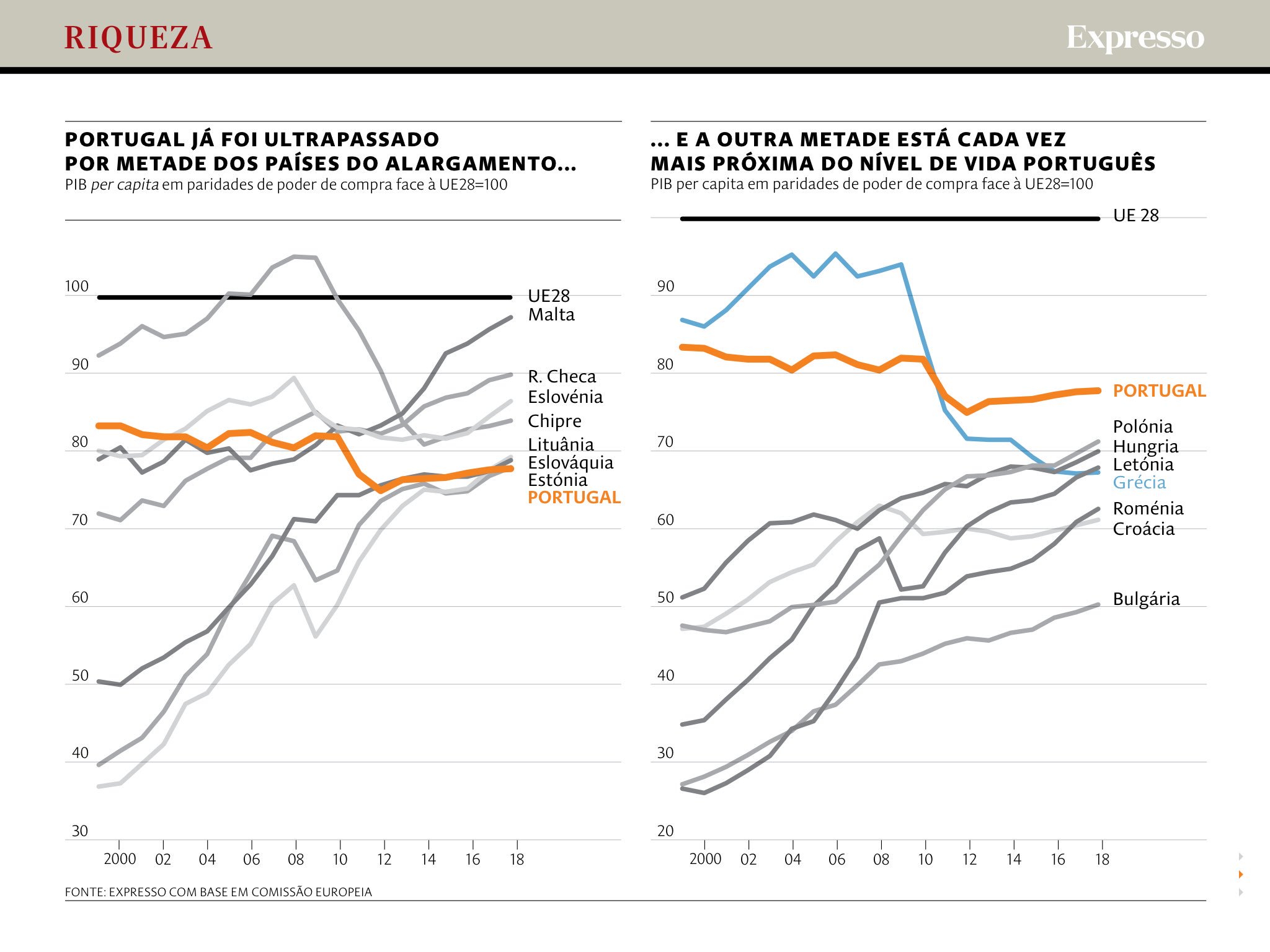"The corporate system is transforming into a maze of fragmented tasks and short-term gigs. Although the modern era is often described as a skills economy, most companies have a short-term focus, which means for a worker that when her experience accumulates, it often loses institutional value.
...
The still prevalent system of the industrial world is based on mass-production and economies of scale. The more identical things are, the cheaper each copy can be. Computer-based digital manufacturing does not work this way. It does not use moulds or casts. Without these, there is no need to repeat the same form. Every piece can be unique, a work of art. As Mario Carpo puts it: “Repetition no longer saves money and variations no longer cost more money.” This means that the marginal cost of production is always the same. Big was better in the industrial world, but not any more. A small workshop can compete with the largest factory. Production is not affected by size. What is emerging leads to a flat marginal cost society, an economy without scale, a human-sized economy.
.
The biggest challenge for a worker in this new environment is to think like an artist, at the same time making good use of new technology. The artist becomes the symbol of humanness building on the increasing financial value of personalization and variation.[Moi ici: Lá está a confusão! Não é variação é variedade!!! (aqui também)] It is not a zero sum game between faulty men and flawless machines. The machines propose and create potentials rather than take over.
.
The societal changes are huge. The modern machine changes the way we understand skills and learning. A skill has always been, and will always be, trained practice. Modern machine learning (AI) algorithms can learn from experience very, very fast because the code develops through data feedback. The danger here is that people may let the machines do the learning without participating in it. People may choose to serve as passive bystanders and consumers of artificial intelligence and its expanding capability. This is why learning needs to change: it is not first going through education and then finding corresponding work, but working first and then finding supporting, corresponding learning. Modern technology is abused if it deprives its users of hands-on training."[Moi ici: Este último trecho é fundamental!!! Porque não começamos a fazer arte quando nos tornamos artistas]
Trechos retirados de "Work of Art"




















